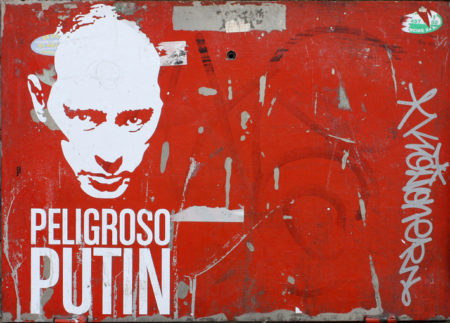
This article was originally published by the European Union Institute for Security Studies (EUISS) in June 2016.
Russia’s recession and its geopolitical standoff with the West are taking their toll on the Eurasian Economic Union (EAEU). During a summit of the EAEU’s leaders in Astana on 31 May, several participants voiced concerns over the union’s poor economic performance. And Moscow’s reaction to the recent flare-up of the Nagorno-Karabakh conflict cast doubts for Armenia on the security benefits of EAEU membership.
Against this backdrop, 18 months after the launch of the EAEU, its member states are demonstrating increasing resistance to Moscow’s vision of Eurasian integration. As a result, its success will largely depend on Russia’s leverage – positive and negative – over its smaller partners.
Looming stick, dwindling carrot
The launch of the EAEU was overshadowed by two developments. First, Russian pressure on Armenia, Moldova and Ukraine in the context of the finalisation of Association Agreements with the EU and accession to the Deep and Comprehensive Free Trade Area (DCFTA), culminating with the annexation of Crimea and a Moscow-backed insurgency in the Donbas; and, second, the global slump of commodity prices and the enforcement of Western economic sanctions over the Ukraine crisis, leading to a slowdown of the Russian economy (the ultimate guarantor of the union’s economic success). In this context, EAEU accession was perceived by its signatories as a bitter pill that could not be refused.
